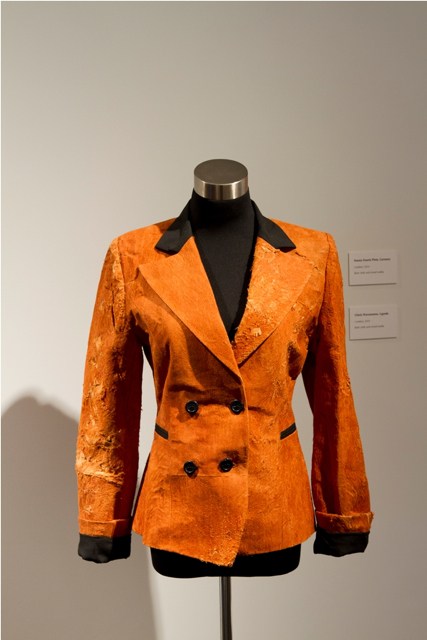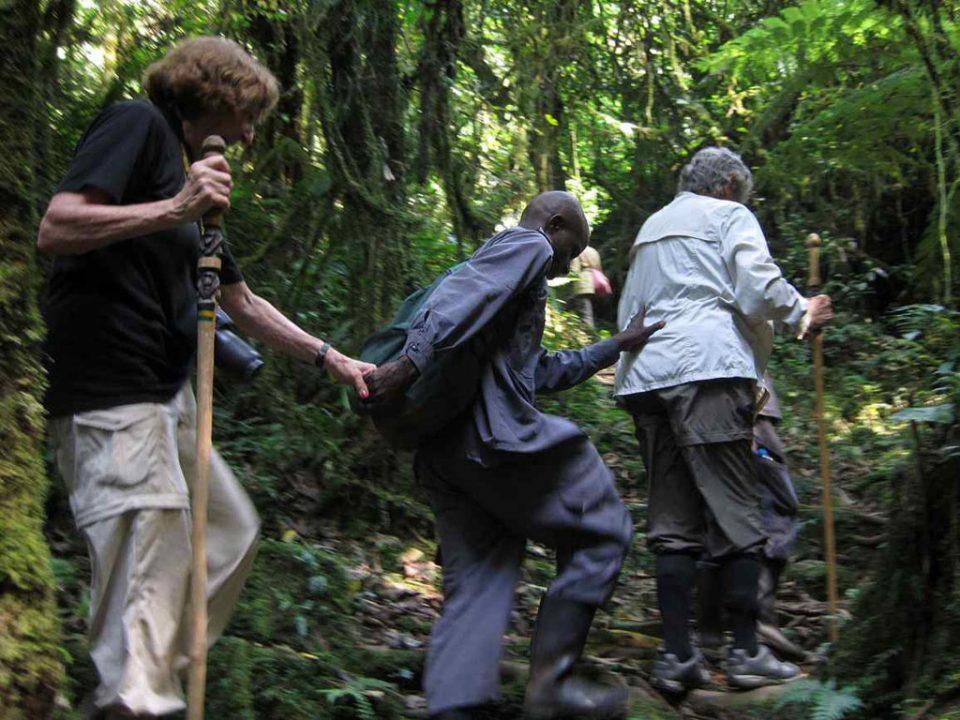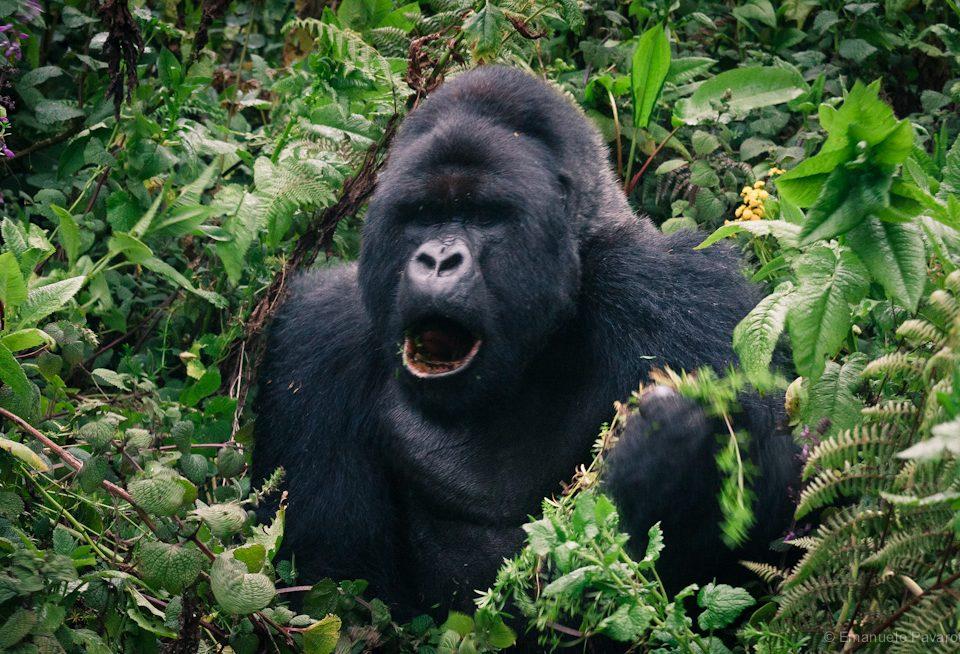
In 2005, recognition of the significance of barkcloth production in 21st century Bugandan cultural identity was acknowledged. UNESCO proclaimed Ugandan barkcloth making a Masterpiece of the Oral and Intangible Cultural Heritage of Humanity.
Barkcloth making is an ancient craft of the Baganda. For many years, the hereditary craftsmen of the Ngonge clan, headed by a Kaboggoza have been manufacturing bark cloth for the Baganda royal family and the rest of the community . Its preparation involves one of humankind’s oldest savoir-faire, a prehistoric technique that predates the invention of weaving.
The inner bark of the Mutuba tree (Ficus natalensis) is harvested during the wet season. In a long and strenuous process, it is beaten with different types of wooden mallets. This gives it a soft fine texture and an even terracotta colour.
It is a perfect ambassador for sustainability. Its harvesting does not destroy the tree. You can harvest the same tree for many years. Craftsmen work in an open shed to protect the bark from drying out too quickly.
The Buganda region was greatly nurtured by the massive planting of mutuba trees which led to economic prosperity.
Trade item
Barkcloth became a trade item between the neighboring Kingdoms. It was exchanged for salt, cows and hoes. Both sexes continue wearing a toga of it up today. Women place a sash around the waist.
The cloth is mainly worn at coronation and healing ceremonies like funerals, cultural gatherings. Also curtains, mosquito screens and beddings are made out of it.
It is originally terracotta in color. The backcloth of kings and chiefs is dyed white or black. To recognise their importance, it was worn in different style.
In the nineteenth century, Arab caravan traders introduced cotton cloths. This slowed down production. It limited the use of barkcloth to cultural and spiritual functions. The barkcloth is still recognized among the Baganda community as a sign of specific social cultural traditions



